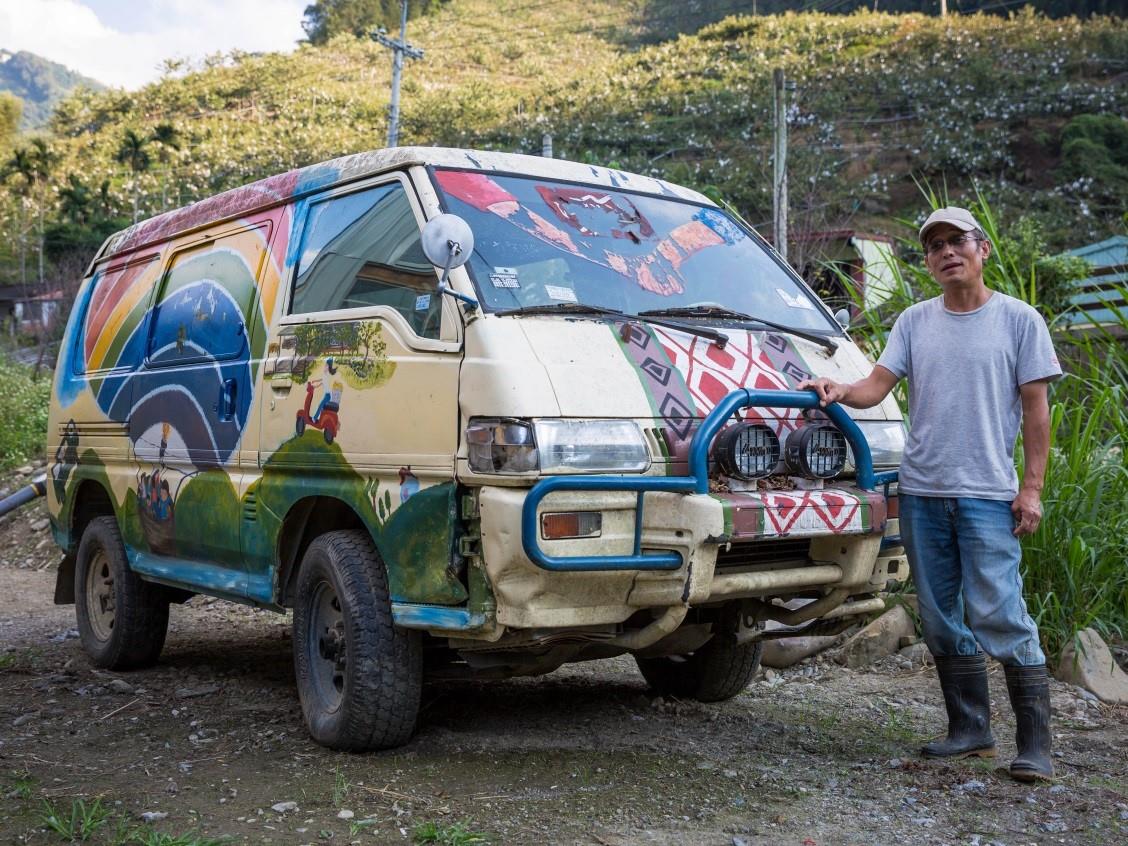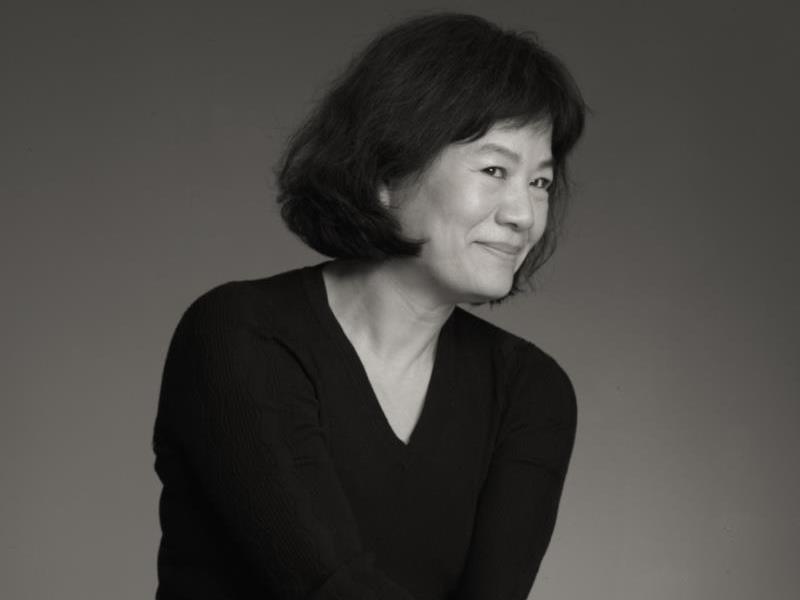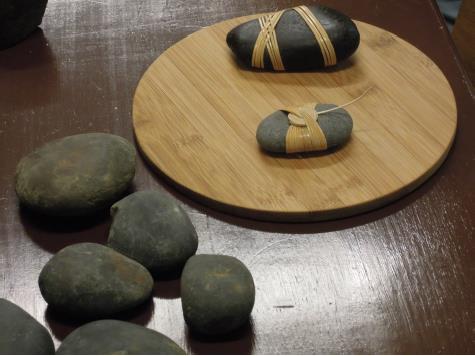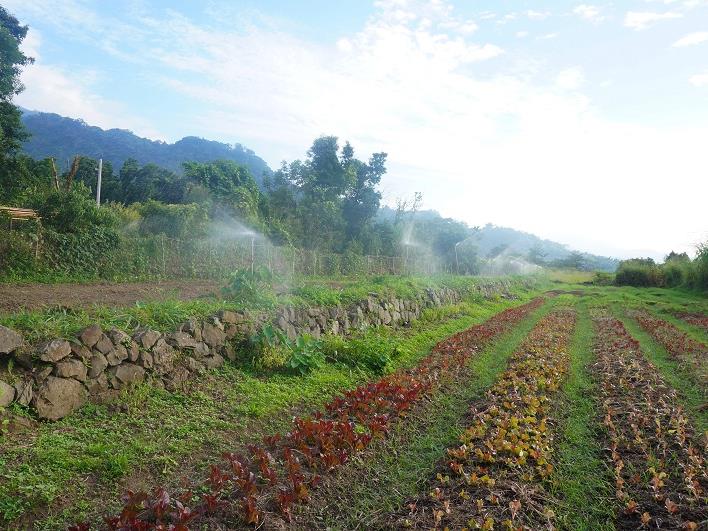GOAL 11: Sustainable Cities and Communities
GOAL 11: Sustainable Cities and Communities
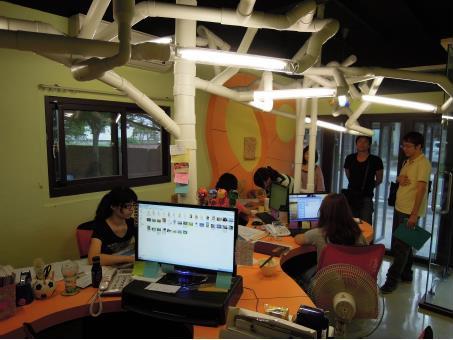
Home/Tag/GOAL 11: Sustainable Cities and Communities
A Rural Village Is a Piece of Art— Rural Art Museum: Bringing Beautiful Objects to Life
After ten years of community development, Togo has become a beautiful rural village museum. Art enters space, transforming the relationships between people and the land as well as people and the environment. The beauty of rural life also becomes a unique aesthetic experience. Togo Rural Culture Community Development Organization develops the potential of a rural village, attracting young people to return to their hometown. The organization plans to share its beautiful experiences with more communities and visitors by bringing forth a more comprehensive influence.
Ten years ago, a group of college students came to Togo, discussing and exploring the future of this community with its residents. When they discussed the possibility of industrial development from a broader perspective and heard the opinions of experts from various fields, they learned that product selling and industry development were not sufficient to alter the situation of a rural village. The key, perhaps, lay in the village and its rural life.
A Rural Village Is an Art Museum
To the Togo Rural Culture Community Development Organization, community development not only shapes the space but also unites the people. Turning a rural village into an art museum is not simply about drawing public attention but also about rebuilding its beauty through imagination.
The beauty of a rural village lies in its pastoral landscapes as well as its graceful lifestyle. It is about the flowers and plants, its movement and stillness. Farmers cultivating their crops are like calligraphers moving their brushes on the land. If calligraphic works are the harvest of the calligraphers, rice paddy is the creation of farmers.
Lu Yao-chong, the executive officer of the Organization, entered Togo as a volunteer worker when he was a student. Now he has settled here and started his own business. Lu often uses Jean-Francois Millet’s oil painting titled “The Gleaners” as an example to illustrate the beauty of rural life, pointing out that such an attractive landscape is actually all around us. The village itself is a work of art. He hopes people coming here to see the pastoral beauty through Millet’s eyes. “Come here, and you will see beautiful things.”
In this giant art museum formed by the whole community, the Organization does not expect crowds or stalls selling sausages or ice cream but a field where people experience life, a place that brings about friendly interactions. Inviting artists to Togo Rural Art Museum is just a lead in. The real artworks are the lives here, the values and beliefs of rural life. In Lu’s eyes, both the farmer’s insistence on working in the field during typhoon season and their peaceful attitude in drinking a little wine during their free time are beautiful landscapes.
Its produce is art as well. Appreciating local muskmelons carefully, you see both its color and shape as a beautiful creation of art. Moreover, the hardship of growing them adds a unique?and touching back story to the fruit. To Lu, making people appreciate a bowl of rice by learning the production process from seeding to harvesting to steaming is the best social marketing.
Togo is a place to live, a place for artists and audiences to learn from each other. People, moreover, are a part of this beautiful landscape. There is no guide map here since people should find their way by asking directions. If people just sit in their cars, take pictures and leave, they miss the opportunity to discover beauty.
Lu believes that they should make preparations for visitors before they are guided to experience this rural beauty. If those in charge can bear in mind the interests of the community as well as those of visitors, they may create a great deal of social value. A large number of tourists may cause residents to complain. However, if the people or the group in charge educate visitors to respect local culture and to protect the environment rather than just take photos and leave garbage behind, it is possible for both parties to share experiences.
A Rural Village Needs Expertise in Various Fields
Talking about the team, Lu says their volunteers have always been the main source of manpower. It is due to the concerted efforts of those partners that the Organization has achieved what it enjoys today. Everyone is actively involved. They trust and believe in each other, accomplishing various tasks by dividing the work. “The CEO is just the one who executes the project. Here, everyone is equal.”
Now, thanks to the support of the empowerment employment project, the Organization may recruit local youngsters to return home and form a full-time team. Lu hopes his partners can work, learn and pass down their ideas without economic pressure.
When he first entered Togo, these colleagues were just kids. He watched them go to senior high school, college and graduate school. Now, these young people have returned to serve their hometown with their talents, and he is deeply moved. Receiving a master’s degree in environmental engineering, A-Hsiang was one of them. Having the opportunity to serve their hometown due to the employment project, A-Hsiang is therefore able to see her home differently. A-Hsiang is also excited about being part of the team. She points at the installation art built with pipes by her four colleagues and says, “We are together! We support this organization together!”
Lu also indicates that a promising future is no longer the privilege of big cities. “A rural village needs various specialties.” To Lu, returning to the village does not mean farming only. Field exploration, environmental education, and in-depth tourism are all possible. By adding?different experiences to the original specialty, it is possible for one to produce a wider range of possibilities with interdisciplinary stimulation.
It’s never plain sailing in community development. Lu advises young people to be prepared. When he first came to Togo, the residents here were suspicious about the team. When the village head carried a weeder and weeded the whole village, he was suspected of doing a temporary laborer for NT$ 800 a day. They blamed him for even making such money without sharing it with others. “A more profitable affair leaves greater room for gossip.” Lu felt hurt when facing those suspicious and questioning eyes. However, he gradually realized that it is just the way of society. Everyone chooses his own business. Time will tell. It is easy to see whether one is being selfish or not. Years have passed. Although not everyone in Togo agrees with the Organization, they have gained most residents’ support and participation.
“You should insist on doing the right thing.” Lu shares an experience of meeting an 80-yearold man in Japan. Many years ago when the old man began working in the village, the whole community was against him. However, he now receives everyone’s support. This experience helped Lu learn how to deal with criticisms and stick to his original intention.
Being There for Young People
“It may take a very long time to realize a dream.”Lu cherishes and appreciates the results so far. He does not expect to accelerate his pace. He enjoys every photo shared by tourists on Facebook, and he maintains sufficient space for young people to grow in.
Lu indicates that everyone has their own pace. He does not judge these younger partners with his own standards. Instead, he encourages them to try and take responsibility. To Lu, running an enterprise means pursuit of the highest market competitiveness. However, human resources are the key to running a successful non-profit organization. Better manpower means satisfied workers rather than exploitation of labor to achieve better results. “This job requires patience rather than explosiveness. I don’t want to push young people to the extreme and cause them to lose confidence and a sense of accomplishment.”
The Organization is expected to become a social enterprise so that more people can return to the village for work. Different divisions are to be developed in the future. Through valuedriven services and project execution, it will gradually become a self-sustaining organization. People coming to the rural art museum will all see the beauty of a rural village.
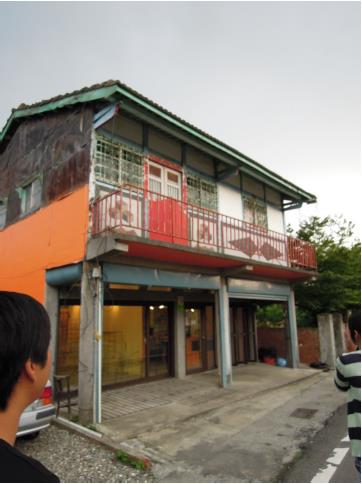
▲ Lu believes that the art museum and its artworks are just the triggers that attract people to come to Togo. The whole village is itself a huge art museum.
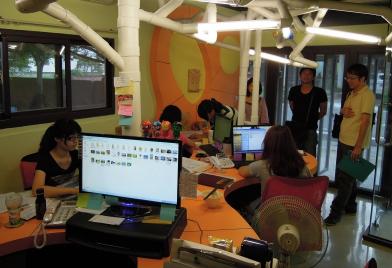
▲ The partners from the empowerment employment project are working hard. In front of them is installation art designed and made by them.

This work is licensed under a Creative Commons Attribution-NoDerivatives 4.0 International License.
Please attribute this article to “Workforce Development Agency, Ministry Of Labor”.

